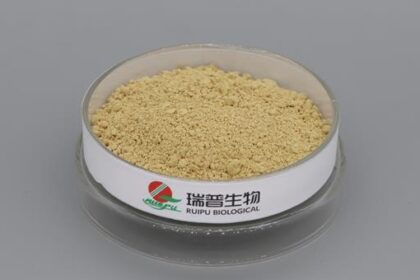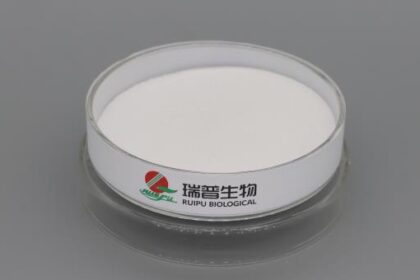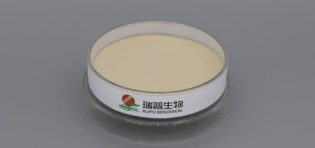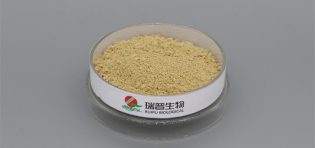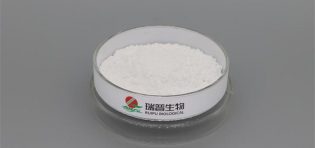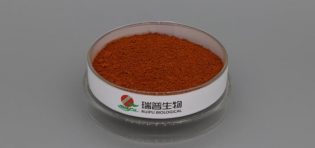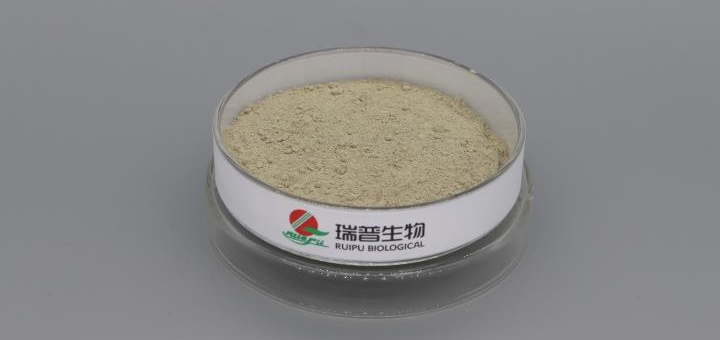
Ferrous gluconate can be used in water treatment processes for its ability to address certain water quality issues.
Ferrous gluconate is effective in reducing certain contaminants in water, such as hydrogen sulfide (H2S).Hydrogen sulfide is a gas that can cause foul odors and taste issues in water.Ferrous gluconate reacts with hydrogen sulfide to form iron sulfide, which is less odorous and can be easily removed through filtration or settling processes.
Ferrous gluconate can be used as a pH adjusting agent in water treatment.It has the ability to lower the pH of water, making it more acidic.This can be useful in situations where the pH of the water needs to be brought down to a desired range for specific treatment processes or to optimize the performance of disinfectants or coagulants.
Ferrous gluconate can act as a coagulant or flocculant in water treatment processes.When added to water, it can promote the aggregation of particles, colloids, and impurities, allowing them to come together and form larger particles called flocs.These flocs can then be more easily removed through sedimentation or filtration processes, resulting in cleaner and clearer water.
In some cases, water sources may be deficient in iron, which can impact water quality and cause aesthetic issues.By adding ferrous gluconate, iron levels in the water can be increased, helping to address iron deficiencies and improve water quality.
The use of ferrous gluconate in water treatment processes may depend on specific water quality parameters, treatment objectives, and regulatory guidelines.Water treatment professionals and experts should be consulted to determine the appropriate dosage and application of ferrous gluconate for a given water treatment scenario.



